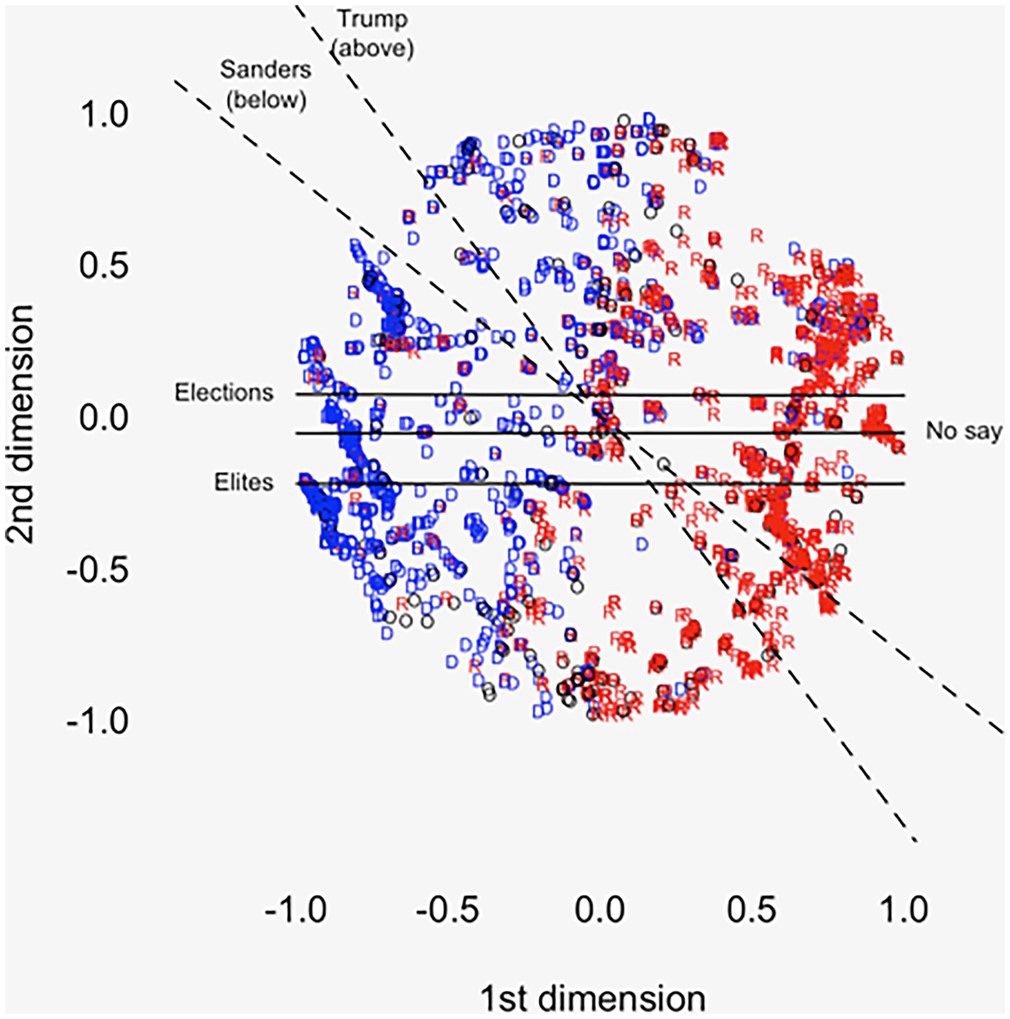Cumulative voting is an electoral system in which the voter can give more than one vote to one person. Its purpose is to prevent a district’s largest faction from winning every seat. When parties enter this picture, they face three related problems. One is to decide how many candidates to run. Another is to decide which people these will be. The third is to get voters to mark the general-election ballot in a way that gets the slate elected.
Yesterday, I discovered a paper in which two political scientists propose a way to relieve parties of all three tasks: make a vote for a candidate also count for the party slate, allocate seats to parties in proportion to their vote shares, and give those seats to the candidates with the most votes in each party. This is known in the literature as free-list proportional representation (FLPR).
Cumulative voting famously was used to elect the Illinois lower chamber in three-seat districts, 1870-1980. The context for the above reform proposal seems to have been increasing party factionalism. Saywer and MacRae (1962) refer to party committees’ increasing difficulty in deciding how many candidates to run and who they should be. FLPR would have obviated these dilemmas. Sawyer and MacRae also note that it might have obviated primaries as well.
I also found a paper that mentions a potential majority reversal due to voters’ ballot markings at some point in the 1950s. This paper also notes a gripe that the minority party sometimes had a larger share of seats than its apparent share of votes. I say “apparent” because it is not straightforward to compute a party’s vote share with a multiple-vote rule. FLPR might have helped with these issues too, although the small district magnitude of three would have made it hard to get fine-grained proportionality.
